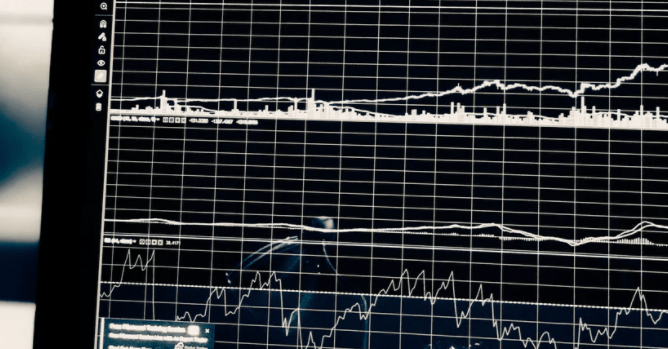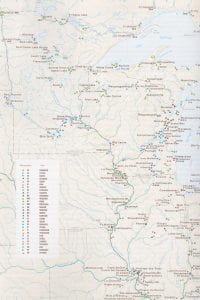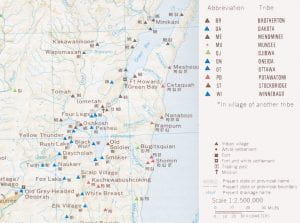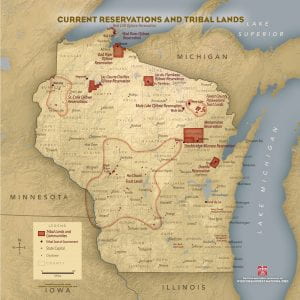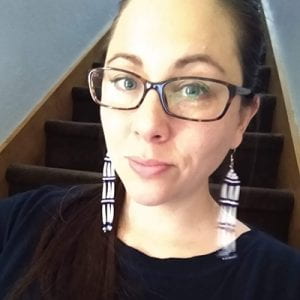Communicating is paramount in any course—this is especially true at a distance where even incidental contact is absent. Good communication correlates strongly with positive student feedback. The materials and content in your course could be entirely mute if students don’t know fully how you expect they interact with them.
You will want when and how you communicate with students to be authentic to you and your course. Much as you want the materials and activities of a course to align with your course objectives, you want how you communicate to align with you.
Decide what’s right for you…
Take a moment to consider what communication strategy is most authentic to you.
For now, think of this in general terms what is your “style” of communication? Are you a better listener or informer? Do you prefer one-on-one conversation or group-think? Can you be more often found waiting for others to pose questions or proactively providing answers?
Consider what you’ll need to communicate, to whom, how, and when.
As one example: I need to provide the instructions for lab and safety information to each section. The instructions need to be transparent because the sections will be at different places in the text. The safety information has to match the language in the safety manual. Students need to have received and comprehend this information at least a week before lab.
Consider what method you would follow to communicate with your students about these materials. Put another way: What would you like communication to look like in this course?
One method you may use for deciding on communication tools is the “SAMR” (Substitution, Augmentation, Modification, and Redefinition) model.
Finally (and this is the step that’s easy to forget), look again at your workload and consider your teaching style. As an example, do you have final papers due in four different courses in the same week? You’ll want to make sure you have the capacity to be true to your own teaching. If you’re the sort of person who would like to do one-on-one conferences leading up to the final paper, that’s something to take into account.
In summary:
- Consider what is authentic
- Consider what is realistic
- You may wish to use the SAMR model as a way of approaching this problem
- But remember to keep your workload in mind
… then, match that to the tools available.
Return to the SAMR model or another means of reflecting on your decision as needed. Consider these options (and a few of their trade-offs) for communicating with students:
Benefits
- A "distribution list" will allow you to send a message to your entire class at once.
- Familiar to you and to students.
Trade-Offs
- One-on-one communication can get "noisy" and relies on the class list in SIS or Canvas (not Outlook).
- Media limited.
Benefits
- Engage the whole class or specific groups of students.
- Keep related things together.
- Familiar in principle to students.
- Less formal.
Trade-Offs
- Requires regular/frequent interaction for best results.
- Small learning curve in Canvas initially.
- Task needs clarification.
- Less formal.
Benefits
- Intuitive and in Canvas.
- Alert the whole class or sections of students all at once.
- Allows for rich media (video messages, images, etc.)
- Students get notified.
- Allows for student comments (optional).
Trade-Offs
- Students can disable email notifications—but still see announcements when in Canvas.
- Can get noisy with frequent use.
(E.g., Zoom or Teams)
Benefits
- Feels more like being in the classroom.
- Sessions can be recorded for review (or those who miss).
- Varying levels of interactive options (whiteboard, breakout groups, chat, polls, etc.)
Trade-Offs
- Steeper learning curve the first time.
- Relies on a good connection and technology.
- Logistically, some students cannot make it to synchronous sessions.
Benefits
- Intuitive and familiar to students.
- Easy to use.
- Synchronous.
- A "history" of the chat is available to the entire class making it good for Q&A-type sessions.
Trade-Offs
- Synchronous.
- Whole-class only. Cannot be limited to specific students.
Benefits
- Displays course due dates automatically
- Can add other items (like reminders)
Trade-Offs
- Requires "due dates"
- Only the names of events appear directly on the calendar
Benefits
- Create blocks of time for students to sign up to meet one-on-one (e.g. office hours)
- Can use a "feed" to add these blocks to Outlook
Trade-Offs
- Required additional communication so students know how and to use them.
Finally, let students know.
Make the necessary preparations for your selected technologies and techniques. All the while, be sure to keep your course information updated. At the minimum, you will want to let students know which tools you’ll be using, for what, when, and how to get support if they need it.
Example: I will be posting twice-weekly announcements in Canvas to help you stay on task and remind you of upcoming due dates. I ask that you reply to these announcements with questions you may have so we can clarify any sticking points as a class. I will reply to announcement comments the next day at the latest. If you need any help with the announcements tool in Canvas, Canvas support can be reached through any of the contact methods in the syllabus.
It is a good idea to have a dedicated Communication Policies page or outlining this information in your syllabus to let students know how and when you will be communicating with them—and how, when, and what they should communicate with you!


